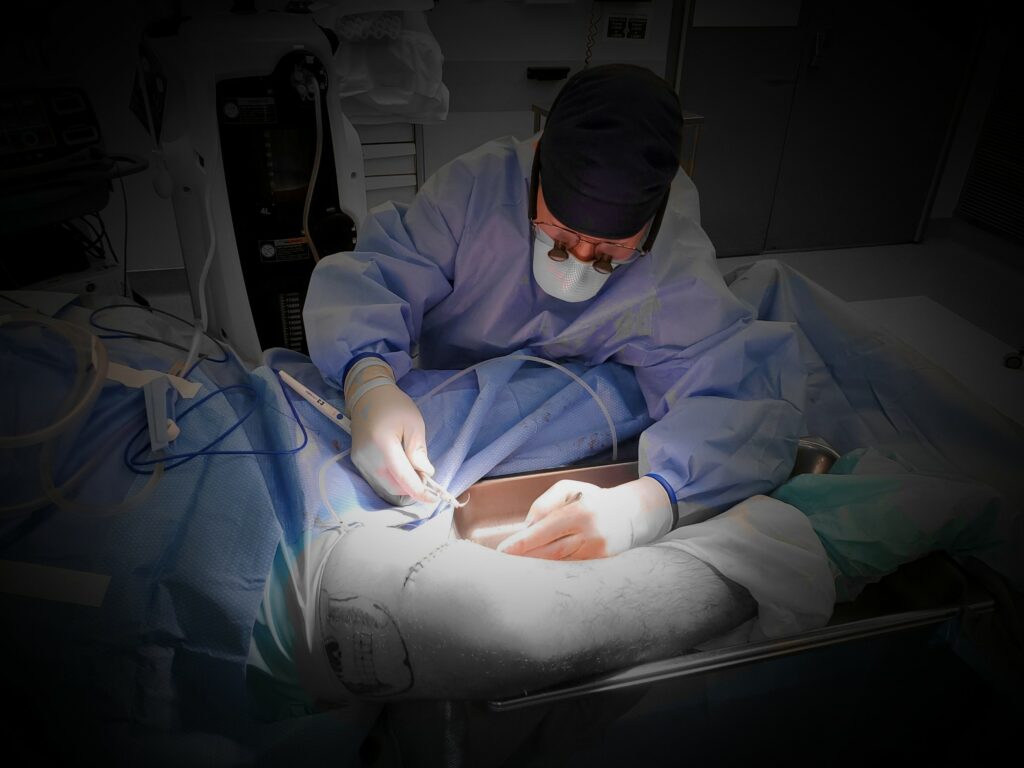Peroneal Nerve Compression Symptoms
Peroneal nerve compression can lead to a range of symptoms including:
- Numbness or tingling in the lower leg and foot.
- Weakness in the ankle or foot making it difficult to lift the toes.
- Difficulty walking, tripping, or falling due to the inability to lift the foot.
- Pain and discomfort along the path of the nerve.
- If left untreated, peroneal nerve compression can lead to muscle atrophy and a worsening of symptoms.
Diagnosing Peroneal Nerve Compression: Precision Matters
Accurate diagnosis is essential for determining the cause and severity of peroneal nerve compression. Clinical evaluation and imaging studies, such as MRI or ultrasound, can help identify the location and extent of nerve compression.
Surgical Decompression: Precision and Expertise
Surgical intervention is often necessary to effectively treat peroneal nerve compression and other nerve injuries. During the surgical decompression procedure, Dr. Prucz identifies and releases the tight structures or lesions that are compressing the peroneal nerve. This alleviates the pressure on the nerve and allows for its normal function to be restored. Dr. Prucz’s extensive experience in reconstructive surgery ensures that each case is approached with the utmost precision and care.
Choose Precision and Healing: Phoenix Plastic Surgery
When peroneal nerve compression affects your mobility and quality of life, trust the hands of an experienced expert. Dr. Prucz’s commitment to surgical mastery fused with compassionate care ensures that your experience is marked by exceptional support. With years of experience and top-notch training, Dr. Prucz is the number one rated Plastic Surgeon in Phoenix, Scottsdale Top Plastic Surgeon, and a Paradise Valley Top Plastic Surgeon. Click here to schedule your consultation now.



















